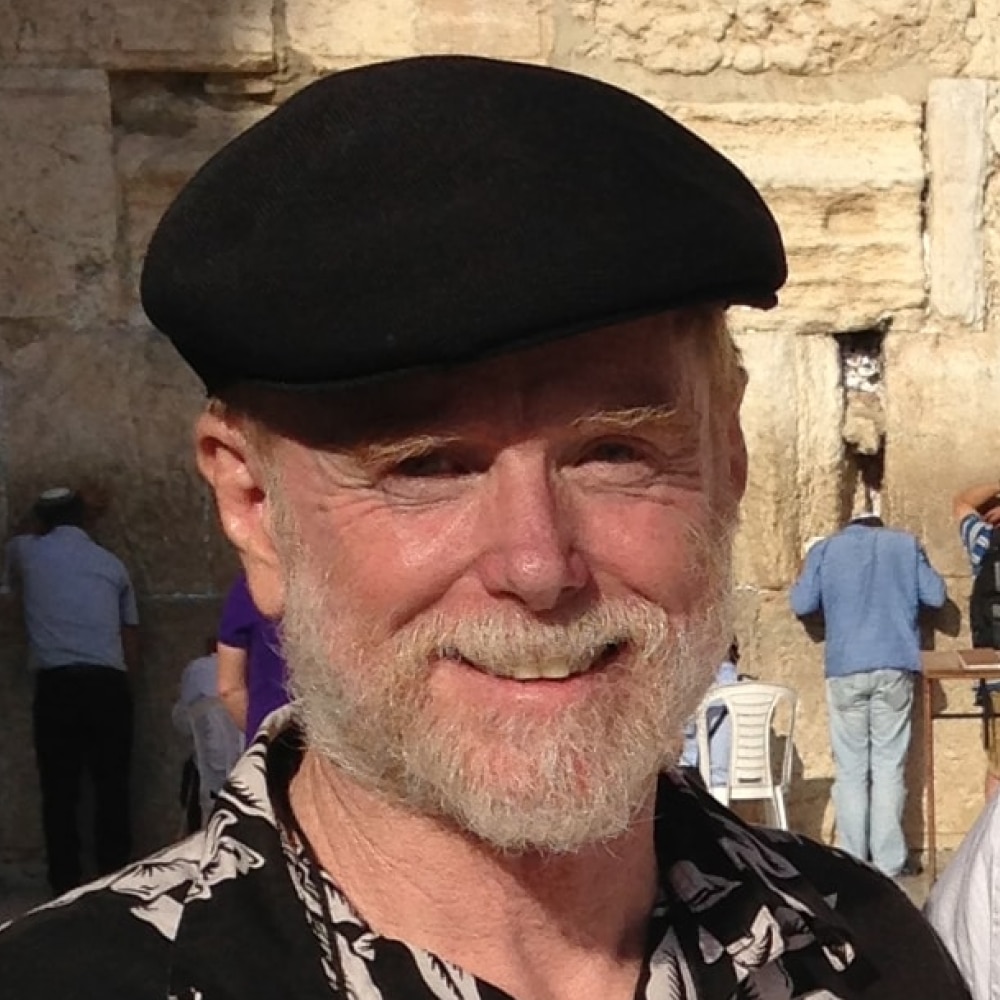
Gemstones, Banners and Insignias
Comments on Torah Portion Ba-Midbar
Warning: There will be a homework assignment at the end of this teaching.
This Torah portion, Ba-Midbar (In the Desert) begins what in English is called “The Book of Numbers.” For many people, this Torah portion is officially one of the “boring Torah portions.” The Torah portion comprises, for example, lists of tribes and the number of males twenty years old and up in each tribe. These men over 20 are termed “kol yotzei tzava” “all who go out in the Legions” – Minute Men, the organized militia in case of a war (there were several).
We also have a list of those who didn’t serve in the militia – the Levites, who took care of the Mishkan – the Dwelling Place of God. We have descriptions of where all the tribes/militias stationed themselves around the Dwelling Place of God – 12 tribes around the compass, four stations, three tribes each.
The lists go on.
If you avoid reading the lists, you’ll miss a verse that is easy to overlook. In Numbers 1:2, we are told that “the Israelites shall encamp around the Tent of Meeting, each man by his banner and the insignia of their clans (ish al diglo b’otot l’beit avotam).” As far as I know, the “banners and insignias” is not expanded upon in the Bible.
In Rabbinic Literature, especially Ba-Midbar Rabbah 2:6-7, the imagination of the Rabbis fills in what the Bible leaves out. According to the Midrash, each of the 12 Tribes had a uniquely colored degel – banner. The colors of the banners were determined by the colors of the gems associated with each tribe on the Breastplate of the High Priest. Each tribe had an insignia on its flag, an animal or other image symbolic of the unique characteristic of each tribe. The three tribes together on each point of the compass, the regiment, as it were, had a tricolor – the three colors of each of that regiment’s three tribes.
In this short section of the Midrash, we have a riot of colors and images, formed into the battalions and regiments of the militia. Twelve banners, one for each of the 12 Tribes, each banner with a symbolic image. For example, the stone on the Breastplate for the tribe of Dan was a jacinth, the color of the tribal flag was sapphire and embroidered on the flag was a snake. Some tribe had to make sure we didn’t forget about the Snake.
The Midrash asks: Why did God assign to each tribe a banner, according to the colors of gemstones on the Breastplate of the High Priest, and insignias representing an array of allusions? The Midrash refers us to Deuteronomy 32:10. In that verse, the desert, the midbar, is described as a “tohu y’lel v’shimon,” “a howling, desolate wasteland.” Rashi adds a comment to that verse, where he clarifies that the desert was home to “crocodiles (taninim) and birds of prey.”
The Midrash and the verse in Deuteronomy, as many of you can see immediately, is resonating with the unformed void before creation (tohu) and the ancient mythological sea monsters of Babylonian mythology (the taninim), smelling of chaos. It would be hard to find a better image describing the crisis of meaning upon which Existentialism is founded. A howling, desolate wasteland, where birds of prey and sea monsters roam about. The Wasteland – a world evacuated of meaning, the stench of death and decay, a shattered world that invites nihilism and despair.
The Midrash speaks on the “banners, insignias and gemstones” using the distressing imagery of Deuteronomy 32:10, is teaching us how to navigate the Wasteland. I imagine the first thing the Israelites had to do was find gemstones in the terrain of desolation. Even in this howling Wasteland, there are precious stones to be found, sparkling with beauty. We give the gems names, and in those names, we find that the colors of the soul are being brought to the surface.
Don’t eat birds that feed on corpses. Straighten up. Find your tribe (you won’t be doing this alone). Fall into formations arrayed around the presence of God. You are a spiritual warrior. Chase off the sea monsters with light and order. Create symbols that remind you of your search for meaning and purpose.
We find our place among other gemologists and banner makers, embroiderers of symbols, organized around light and law, shapers of meaning in the Wasteland.
Your homework: Find gems, give them names. Each day find the gem that today is speaking to you in light and wholeness. Bring the colors of the soul to the surface. Create banners that guide your way. Fill your life with insignias and symbols. Find your tribe. Face front to the Dwelling Place of God.
Why is this book of the Bible called “In the Desert” (the howling, desolate wasteland)? To remind us where we are, what we must do, and what is at stake.
It’s not all homework. You can take one day off a week, to refresh your soul.























 More news and opinions than at a Shabbat dinner, right in your inbox.
More news and opinions than at a Shabbat dinner, right in your inbox.